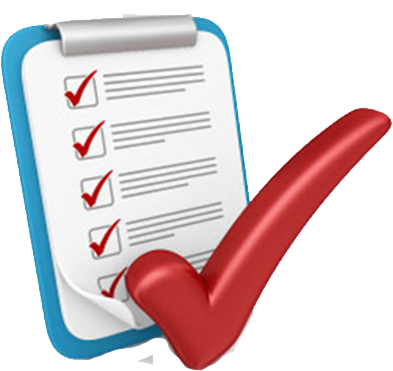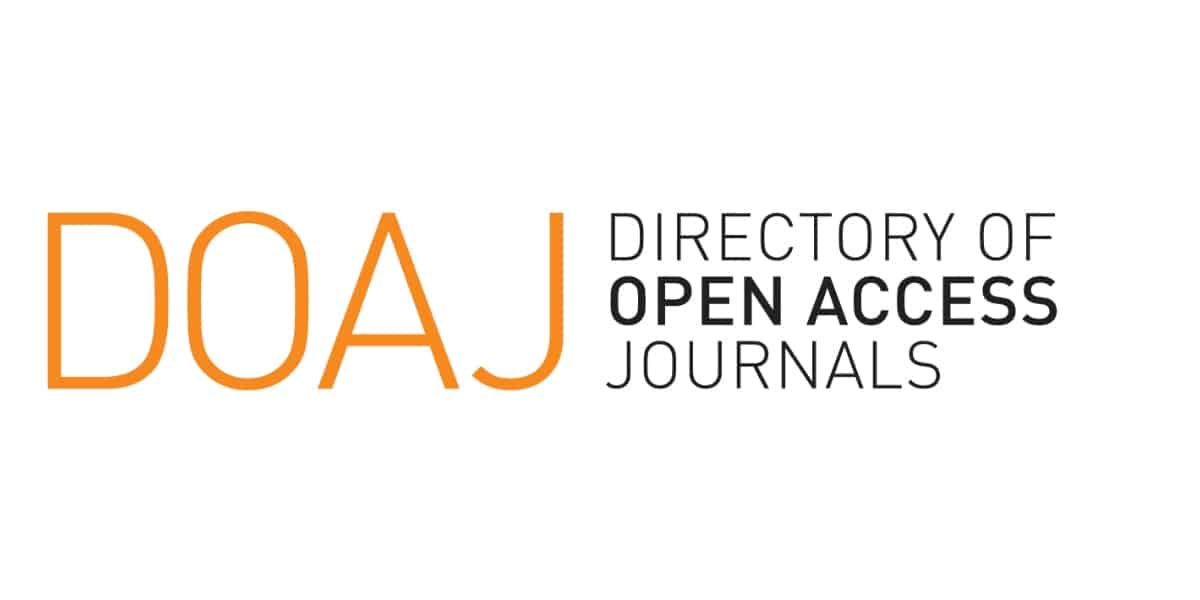Implementasi Metode Autoregressive Integrated Moving Average Untuk Analisis Peramalan Permintaan Kalibrasi Pada PT XYZ
Keywords:
arima, calibration, diagnostic test error, model identification, parameter estimationAbstract
In an era of increasingly fierce industrial competition, service optimisation and operational efficiency are the main keys for companies to maintain competitiveness. This study aims to analyse and forecast the demand for calibration services at PT XYZ using the Autoregressive Integrated Moving Average (ARIMA) method. Calibration demand is an important indicator in managing company resources, so accurate forecasts can help PT XYZ improve operational efficiency and service quality. The data used in this study is secondary data that includes calibration demand data. The analysis process is carried out through several stages, including model identification, parameter estimation and diagnostic testing to ensure that the resulting model optimally reflects the historical data patterns. The ARIMA (1,1,1) model was identified as the best model with a low forecasting error rate, namely the Mean Absolute Percentage Error (MAPE) of 2.04%. The forecasting results show a predicted calibration demand of 9 requests per month for the period November 2024 to April 2025. These results provide strategic insights for PT XYZ to manage resources more effectively, such as scheduling staff, managing equipment capacity, and reducing customer wait times. This study also confirms that the ARIMA method has a good ability to capture seasonal patterns and trends, thus providing accurate forecasts for strategic planning.
References
[1] R. Dimas Rasdiyatno et al., “Manajemen Persediaan Yang Efektif Untuk Mengoptimalkan Operasi Perusahaan Industri,” Neraca Manajemen, Ekon., vol. 6, no. 1, 2024.
[2] Dyah Ayu Permata Sari and Sumadi, “Analisis Kelayakan Pengembangan Usaha Kalibrasi Pt. Indraloka Kabupaten Sukoharjo,” Semin. Nas. Pariwisata dan Kewirausahaan, vol. 2, pp. 209–216, 2023, doi: 10.36441/snpk.vol2.2023.119.
[3] U. Cahyadi, D. S. Tjaptajani, and D. M. Ramdan, “Implikasi Total Bisnis untuk Rantai Pasok Tepung Tapioka dengan Menggunakan Model Green SCOR dan ANP,” J. Kalibr., vol. 22, no. 1, pp. 1–10, 2024, doi: 10.33364/kalibrasi/v.21-2.1071.
[4] H. Hassyddiqy and H. Hasdiana, “Analisis Peramalan (Forecasting) Penjualan Dengan Metode ARIMA (Autoregressive Integrated Moving Average) Pada Huebee Indonesia,” Data Sci. Indones., vol. 2, no. 2, pp. 92–100, 2023, doi: 10.47709/dsi.v2i2.2022.
[5] Y. Utami, D. Vinsensia, and E. Panggabean, “Forecasting Exponential Smoothing untuk Menentukan Jumlah Produksi,” J. Ilmu Komput. dan Sist. Inf., vol. 7, no. 1, pp. 154–160, 2024, doi: 10.55338/jikomsi.v7i1.2853.
[6] R. Awaluddin, R. Fauzi, and D. Harjadi, “Perbandingan Penerapan Metode Peramalan Guna Mengoptimalkan Penjualan (Studi Kasus Pada Konveksi Astaprint Kabupaten Majalengka),” J. Bisnisman Ris. Bisnis dan Manaj., vol. 3, no. 1, pp. 12–18, 2021, doi: 10.52005/bisnisman.v3i1.43.
[7] M. H. Lubis, A. A. Tanjung, and D. Martina, “Forecasting Untuk Produksi Batik Dengan Single Moving Average,” J. Tek., vol. 2, no. 2, p. 29, 2022, doi: 10.54314/teknisi.v2i2.963.
[8] S. P. Fauzani and D. Rahmi, “Penerapan Metode ARIMA Dalam Peramalan Harga Produksi Karet di Provinsi Riau,” J. Teknol. dan Manaj. Ind. Terap., vol. 2, no. 4, pp. 269–277, 2023, doi: 10.55826/tmit.v2i4.283.
[9] A. S. Panjaitan, M. R. Maretha, Hilmiah, and B. Mardhotillah, “Optimalisasi Penerapan Metode ARIMA dalam Mengestimasi Harga Emas di Negara Indonesia,” J. Ekon. Dan Stat. Indones., vol. 3, no. 2, pp. 136–146, 2023, doi: 10.11594/jesi.03.02.06.
[10] A. D. Milniadi and N. O. Adiwijaya, “Analisis Perbandingan Model Arima Dan Lstm Dalam Peramalan Harga Penutupan Saham (Studi Kasus : 6 Kriteria Kategori Saham Menurut Peter Lynch),” SIBATIK J. J. Ilm. Bid. Sos. Ekon. Budaya, Teknol. dan Pendidik., vol. 2, no. 6, pp. 1683–1692, 2023, doi: 10.54443/sibatik.v2i6.798.
[11] A. Zahrunnisa, R. D. Nafalana, I. A. Rosyada, and E. Widodo, “Perbandingan Metode Exponential Smoothing Dan Arima Pada Peramalan Garis Kemiskinan Provinsi Jawa Tengah,” J. Lebesgue J. Ilm. Pendidik. Mat. Mat. dan Stat., vol. 2, no. 3, pp. 300–314, 2021, doi: 10.46306/lb.v2i3.91.
[12] F. P. Naya, S. S. Berlianti, N. Parcha, and A. Kayla, “Peramalan harga beras indonesia menggunakan metode arima,” Kult. Digit. MEDIA ( Res. Acad. Publ. Consult. ), vol. 6, no. 2, pp. 184–193, 2024.
[13] Y. Utama and K. Novita, “Desain Metode Autoregressive Integrated Moving Average (ARIMA) untuk Memprediksi Ketinggian Air Sungai Kuncir Kiri, Kabupaten Nganjuk, Provinsi Jawa Timur,” J. Amplif. J. Ilm. Bid. Tek. Elektro Dan Komput., vol. 14, no. 1, pp. 17–25, 2024, doi: 10.33369/jamplifier.v14i1.32740.
[14] A. Pangestu, A. Irma Purnamasari, and I. Ali, “Analisis Peramalan Tingkat Pengangguran Terbuka di Jawa Barat: Pendekatan Time Series menggunakan Metode ARIMA,” vol. 5, no. 1, pp. 18–25, 2024, [Online]. Available: http://creativecommons.org/licences/by/4.0/%0Ahttp://ejournal.uhb.ac.id/index.php/IKOMTI
[15] N. Susi, S. Sugiana, and B. Musty, “Analisis Data Sistem Informasi Monitoring Marketing; Tools Pengambilan Keputusan Strategic,” Jutisi J. Ilm. Tek. Inform. dan Sist. Inf., vol. 12, no. 2, pp. 696–708, 2023.
Downloads
Published
Issue
Section
License
Copyright (c) 2024 Shabrina Tsalsabela Ivanda, Joumil Aidil SZS (Author)

This work is licensed under a Creative Commons Attribution 4.0 International License.
















